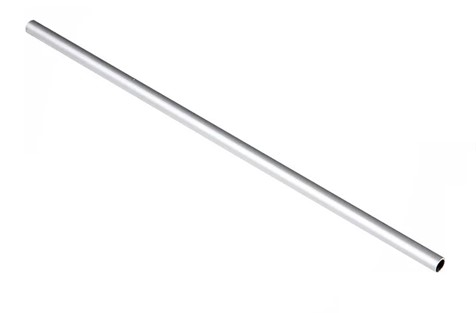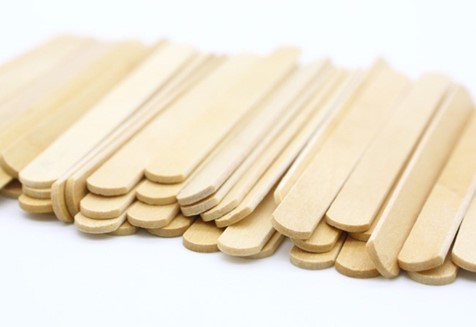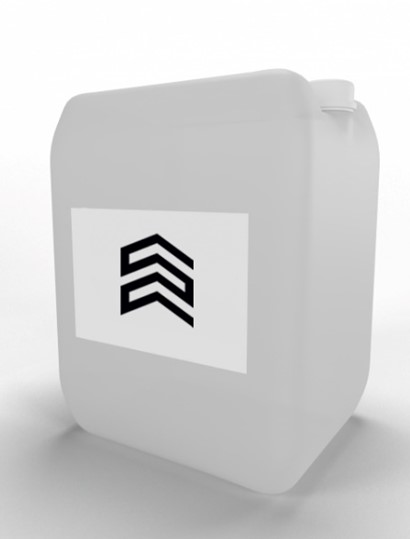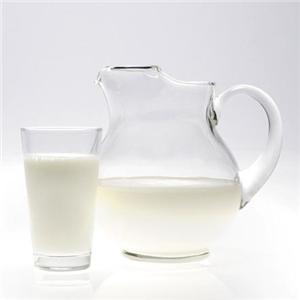The first cryobank of beef bulls in the south of the Russian Federation will be launched in Kalmykia
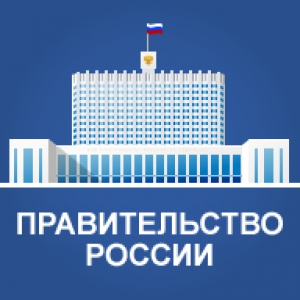
“The regional research and production center on the basis of Kalmyk State University, created in 2021, is developing successfully. By the end of this year, we will complete the construction of an evaluation station for beef bulls. The cryobank of the best representatives of the breed that have passed a thorough selection will help to mass-produce frozen semen to breeding farms and improve the reproduction of farm animals,” he said.
Investments in the creation of a cattle cryobank for MEAT production amounted to 15.6 million rubles. it is planned that every year up to 100 beef production bulls will be assessed for their own productivity and the quality of their offspring. The research and production center will begin working with the Kalmyk cattle breed.
“From the first days of its work, the Republican Scientific and Practical Center has been proving its effectiveness. This year alone, 34 agreements were concluded with organizations in the real sector of the economy, of which 15 were for analytical research, 19 for genetics and reproduction. The geography of the center’s activities is Kalmykia, the Chechen Republic, Tatarstan , Transbaikal region, Samara region, Crimea, Uzbekistan and Mongolia,” the rector added.
The Regional Research and Production Center (RPC) for the reproduction of farm animals at Kalm State University is equipped with top-of-the-line equipment produced by IMV ( France ). A grant of 30 million rubles for the creation of the center and the purchase of equipment was allocated by the government of Kalmykia. As part of the Priority 2030 program, Kalm State University received additional funding for the development of livestock breeding as part of the implementation of projects for the development of the agro-industrial complex.
About Kalmyk meat
Kalmykia is a predominantly agricultural republic, where 80% of gross agricultural output comes from livestock farming. Meat from Kalmykia is known for its exceptional taste far beyond the region; it is valued by gourmets. The republic practices natural grazing of animals in the steppe, where there are more than two hundred species of grass. Due to the hot sun, they turn into a natural concentrate of nutrients, with a minimum of excess moisture. This is what provides meat with taste and aroma without the use of any industrial technologies.
Read together with it:
- Эксперт прогнозирует резкое увеличение цен на куриное мясо до 50% к Новому годуПо его данным, это связано с удорожанием кормов и увеличением финансовой нагрузки на птицеводческие предприятия. Также он отметил влияние высоких тарифов на электроэнергию и логистику, а также возможные изменения налоговой политики, включая повышение НДС до 22%. Панченко добавил, что традиционно к Новому году наблюдается подорожание продуктов, но после праздников цены обычно корректируются..........
- Саратовская область ожидает снижения цен на куриное мясоОднако производство куриного мяса покрывает лишь 16% спроса. Для увеличения объёмов производства предусмотрены льготные кредиты на возведение птицефабрик и модернизацию существующих. Тем не менее, стоимость курятины продолжает расти. В сентябре средняя оптовая цена бройлера достигала 190 рублей за килограмм, тогда как в Саратовской области цена составила 218 рублей за килограмм. Эксперты объясняют...
- ФАО: мировые цены на продовольствие снижаются второй месяц подрядДжим Вайкофф Среднее значение Индекса цен на продовольствие ФАО в октябре составило 126,4 пункта, снизившись с пересмотренного значения в 128,5 пункта в сентябре, что представляет собой небольшое снижение в годовом исчислении и на 21,1% ниже пикового значения в марте 2022 года. Лидером снижения стал сахар: его субиндекс упал на 5,3% до самого низкого уровня с декабря 2......
- "Истинный полешук" Русый рассказал, как нарушил стиль работы на совещании у ПрезидентаМихаил Русый 18 ноября, Минск. Александр Лукашенко 18 ноября собрал совещание по темам развития районов Припятского Полесья и реализации соответствующей программы. Основным докладчиком на мероприятии выступил Михаил Русый - "истинный полешук", как назвал его Президент, уполномоченный представитель главы государства в Брестской области и председатель Постоянной комиссии по законодательству и госуда...
- Experts predict further increases in chicken and egg prices in Russia.Key factors driving price increases: Increasing VAT from 20% to 22% Increased feed costs due to crop failure in the regions Rising prices for fuel and energy resources Seasonal increase in the cost of keeping poultry in winter Expert forecasts: Financial analyst Tatyana Volkova expects chicken prices to rise 1......
- Cherkizovo sold over 16,000 tons of meat through the exchange in five months.Sales structure: Chicken MEAT : 9.2 thousand tons Pork: 7.3 thousand tons Turkey meat: 0.2 thousand tons Project development: The first auction took place on May 29, 2025, with a limited selection of chicken products. The product range was gradually expanded to include pork carcasses and turkey meat. Currently, over 55% of the group's wholesale clients are accredited at the NTB. "The development o...









